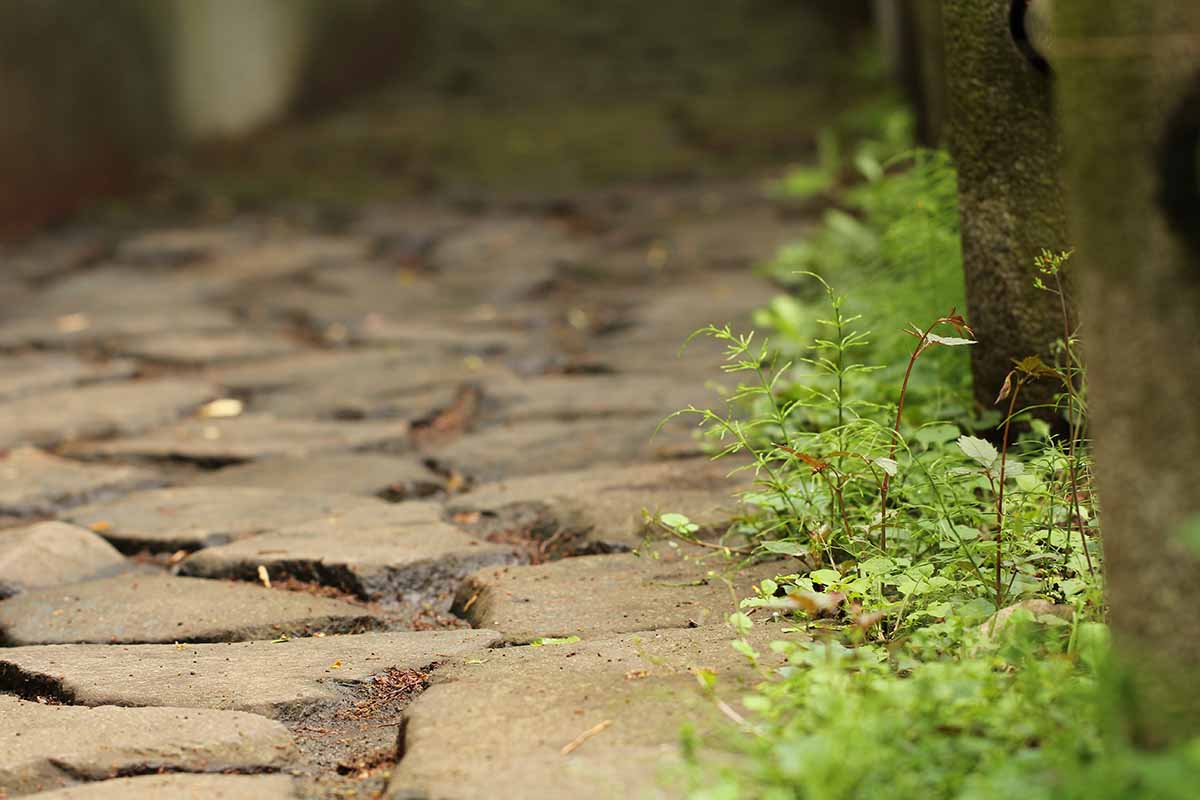Septic Tank Preventive Maintenance: Tips to Save Money
Septic tanks are a vital factor in areas where no sewer systems cater to human waste disposal. Rural areas, camping sites, picnic grounds, and other faraway areas that tourists visit do not have the luxury of immediate availability of a good human waste disposal system which we now call a septic tank system. The human waste consists of solid and liquid parts, usually urine and water used to flush the human waste to the septic tank.
Why Should Human Waste be Collected in a Septic Tank?
The human digestive system expels human wastes, and other human discharges such as menses, urine, feces, sputum, and others need to be flushed on a septic tank.
The septic tank system was conceptualized as part of a sanitation system that was found and validated to improve sanitation and prevent diseases. The world health organization considers human waste as a biowaste that consists of viral and bacterial infections. Septic tanks are a significant accomplishment for the civilized world by preventing one of the causes of transmission of diseases by many aspects, which is employing systematic human waste disposal. It promotes hygiene and sanitation.
Several historical records show that a good human waste disposal system leads to about 2.2 million deaths yearly caused by diseases from human waste that have contaminated water sources. The health department has to ensure that hygiene and sanitation are attained by sewage and treatment systems for populated locations of the city and ensure that there are certified human waste disposal systems in remote areas and locations.
How Does a Septic Tank System Work?
The septic tank system is the first system that was improved and developed to treat human waste management. These were implemented in remote schools, small populations, and individual residences. The septic tank system human waste, which can be called wastewater. The wastewater is then collected to the septic tank for natural decay, and decomposition can have other processes induced for fast curing wastewater.
The Main Parts of a Septic Tank System
A simple septic tank system consists of the plumbing system from the house going to the septic tank system, a drain field, and the soil.
Pipe From the Home
It is the plumbing system that carries the wastewater from the house to the septic tank. All of this wastewater coming from the house flows to the septic tank system for natural treatment.
Preventive maintenance for septic tanks: Septic Tank
It is concrete or other materials that can hold the wastewater while the human waste from the house will decompose.
Three parts are created during the decomposition of human wastewater. The first is the topmost part lighter than water consisting of oil and grease, called scum. The middle part is still in the process of decomposition, which is semi-solid. The third part is the solids that are heavier than water which we now call sludge.
The decomposition is a continuous cycle forming the sludge or solid parts that settle to the bottom of the tank chamber during oil and grease float on top of the liquid. There are usually two chambers of a septic tank. The first chamber is the initial area for the fresh wastewater to come in. The second chamber will further contain the decomposed sludge and scum.
The septic tank has two access points to the two chambers that are called risers. The second septic tank chamber has a T-type filter that acts as an outflow for wastewater and waste gases that are already treated. This outflowing wastewater is called effluent. The effluent is then piped to a certain distance away from the house, which we call drain field.
Drainfield
The drain field is a piping system to distribute the effluent to the soil away from the house. The drain field is usually designed to have an environment-friendly system such that the effluent cannot affect the water sources around or near the house. Several types of drain field designs cater to different soil types and for different depths of groundwater sources.
Soil
The type of soil is significant in recycling effluent or treated wastewater coming from the septic tank. If the ground is not suitable for the common drain field method, several alternatives are to consider to protect the environment.
Types of Septic Tanks System
One should be familiar with the necessary maintenance that we can do when we also have knowledge or are aware of the types of septic tank systems. There is a bit of variation between this type of maintenance that is needed. We focus on residential types since small industry types may vary on application. Septic tanks according to the material used on the chamber.
- Concrete. It is the original septic tank material. It is made of concrete and a mix of waterproofing materials. These are constructed with reinforced iron bars. This will last for decades, but cracks will be encountered, causing wastewater to sip out. Most problems encountered are leaks and blockage of the output effluent.
- Steel Septic Tanks. This type has rust and corrosion issues that will last only up to 25 years. Not recommended for durability
- Fiberglass Septic Tanks. This type of septic tank is more durable than concrete and does not rust. It is not recommended for unstable land locations as it shifts when the soil changes from erosion. This is easier to install than concrete.
- Plastic Septic Tanks. These septic tanks are lightweight, durable, and have a cost advantage over the other septic tanks. The most encountered problem is that it is prone to damage and dislocating when not appropriately installed. Thereby leaks may occur. This may be a short-term solution to a temporary home shelter. Smaller septic tanks for just a couple of persons may last a bit longer, and the size of the septic tank may be manageable and portable.
Types of Drain Field Designs
Let us identify several drain field designs that need maintenance when the septic tank has overflowed with effluent.
- Conventional drain field design. This design uses pipes with drain holes to distribute the effluent evenly. The pipes are dug on alongside gravel topsoil to induce proper effluent distribution.
- Chamber system drain field design. This design uses a distribution box that connects to a specially fabricated chamber that is specially designed to give a well-distributed effluent draining action.
- Drip Distribution System. This system uses a pump to fill up a tank that distributes the effluent through a stack of drip pipes distributed evenly over a soil area.
How to Maintain Your Septic Tank System
Now we have some knowledge about the importance of a sound septic tank system. It cost a lot to build a new septic tank system compared to a well-maintained system. Thus, it affects the health of the occupants of the house as well. Health and life are more precious compared to the cost of maintenance of your system. Do an inspection and maintenance of your septic tank system. Let the experts do it.
Benefits
- Contamination Free. It prevents contamination and pollution to your household and your water source.
- Cost avoidance. During an inspection, the service provider finds minor problems that can easily be repaired and patched before becoming a major problem or a problem that continuously annoys the household due to frequent system failures that can result in the big issue of replacing a major part.
- Reduces Risk of Health Failure. A failure that can be a risk to the health of the family that may backflow to the household contaminating the area.
Pump Your Septic Tank as Needed
The service provider or maintainer can measure the scum and sludge thickness when a scheduled inspection is done. It is more appropriate for scheduled pumping maintenance before encountering any system problems like clogging and overflow. You can also know that your household uses water wisely by the water layer measured by the maintainer. It is also good to know when your next pumping will be done.
Keep Your Septic Tank Lids Closed and Secured
Toxic fumes from septic tank lids may escape from unsecured covers. Accidents do occur that can lead to a person fainting due to these septic tank gas leaks.
Keep Drain Water from rain and other sources away from your drain field
The inspector knows this rule and has the capabilities to detect your rain downspout near your septic tank that needs redirection. Sometimes the household owner is not aware that other water sources can affect the drain field, contaminating the groundwater source.
Landscaping
Your drain field may be landscaped by growing plants that do not affect the drain field pipes. Landscaping will also keep heavy vehicles from entering the drain field area.
Word of Thought
Your well-designed septic tank system can fail anytime when not appropriately maintained and make a mess to your household environment and health. Regularly scheduling an inspection and a maintenance activity from your local septic tank service provider does not cost much compared to your health benefits and safety.




















